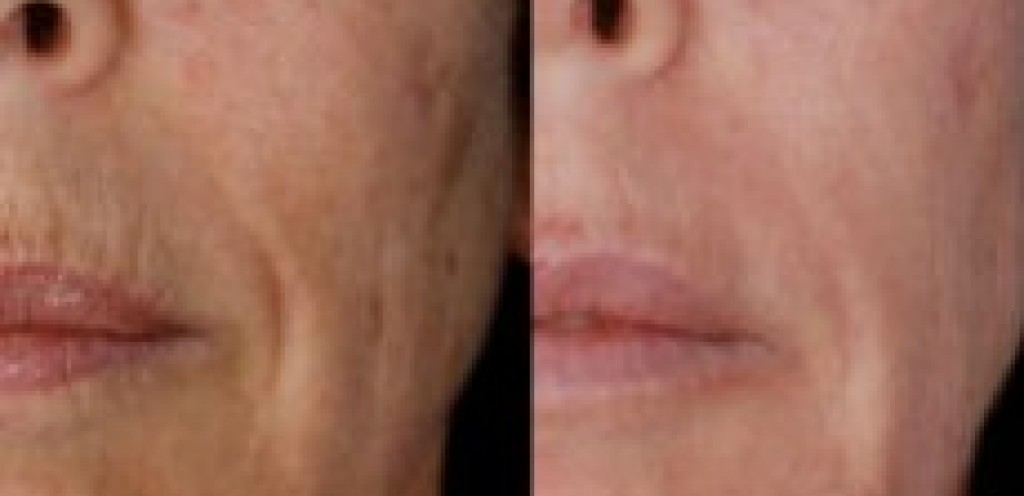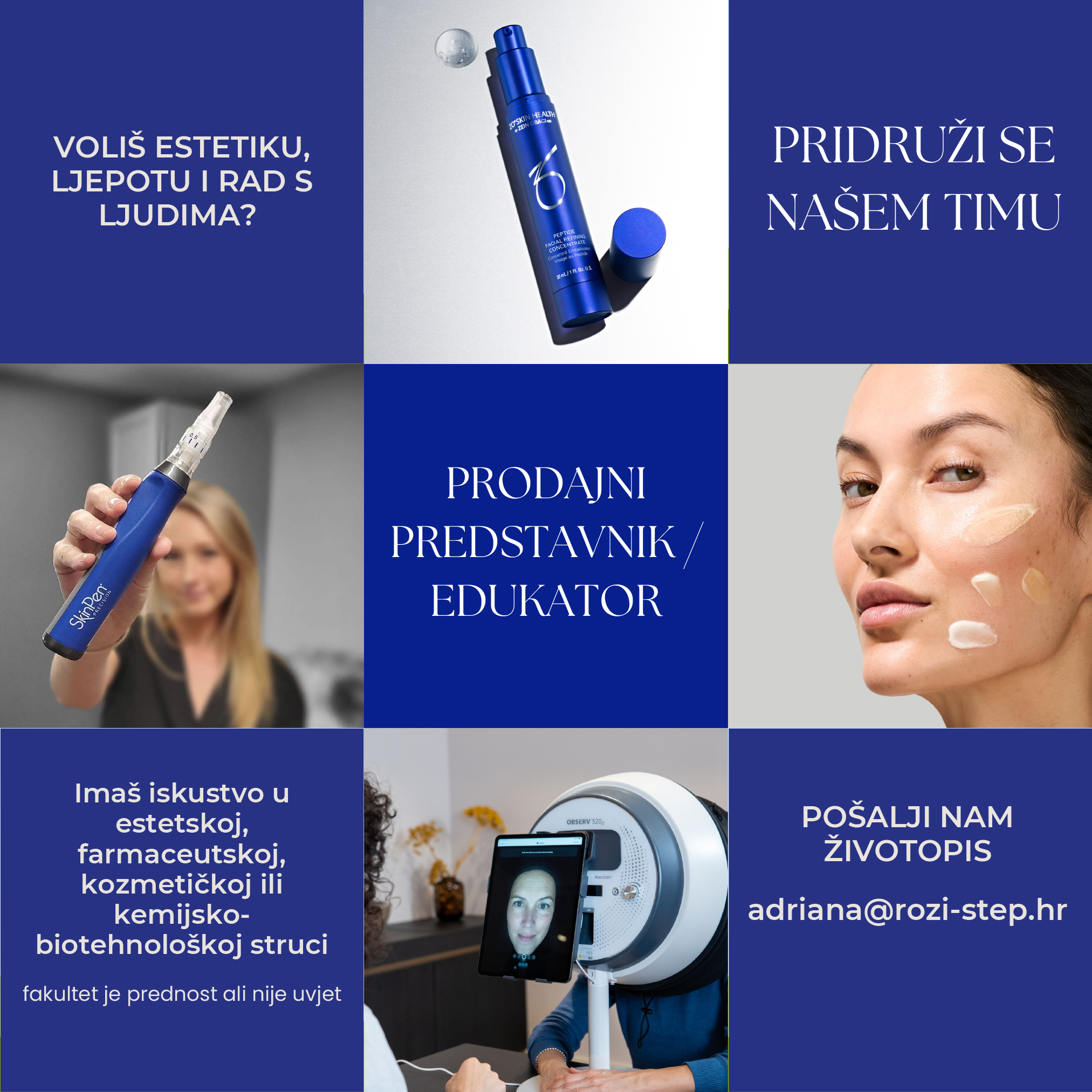 Moja Ortopedija Rozi Step
Moja Ortopedija Rozi Step

Coping with the Redness of Rosacea
Rosacea is a common but largely misunderstood inflammatory skin condition that affects more than 16 million Americans, according to the National Rosacea Association. Early symptoms include flushing and persistent redness, but for more severe cases, redness, pustules, and thickened rough skin can play havoc with one’s self esteem and confidence.
Rosacea outbreaks come and go in a cyclic manner, and flare-ups may last for weeks to months and then disappear for a long time. Unfortunately, what causes this cascade of inflammation is not completely understood. Hormonal fluctuations, genetics, and hyperactive oil glands most likely play a key part in the development of the disease.
While there is no known cure for rosacea, effective treatment regimens exist and can be customized to fit your particular set of symptoms. The good news is that for mild cases, topical creams alone may be enough to control the redness and maintain healthy skin.
A key component of any rosacea treatment involves recognizing and avoiding the triggers that set off the cascade of inflammation. These vary by individual, but very often include extreme cold or heat, sun exposure, alcohol, spicy food, and stress. You will find that keeping a daily log will help you identify your rosacea triggers.
But if avoiding triggers doesn’t do the trick, seek professional help from a dermatologist. Treatment depends on the appearance of the skin and your stage of rosacea. For mild cases with minimal inflammation and no acne-like pimples, a daily skin care regimen that helps mitigate the skins inflammatory response to excess sebum production as well as ingredients that strengthen the skin’s natural barrier function may keep flare ups under control. Moderate to severe cases, with redness, irritation, and weakened oily skin call for therapeutic treatments, including peels and retinol products, to be used in tandem with at-home anti-redness products.
For the most severe cases, Dr. Obagi recommends oral medication, and photodynamic therapy (PDT) including intense pulsed light (IPL) or laser treatments may be required. Use of prescription metronidazole gel 1% may be advised to decrease the redness.
As with any skin condition, the ultimate goal is skin health. With that in mind, the ZO Skin Health and ZO Medical rosacea protocol includes: ZO® Medical Oilacleanse, ZO® Skin Health Offects® Exfoliating Polish, ZO® Medical Cebatrol™ Oil Control Pads, ZO® Medical Glycogent™ Exfoliation Accelerator, ZO® Medical Brightenex™ Skin Brightener & Correcting Crème, ZO® Skin Health Ossential® Daily Power Defense, ZO® Retamax™Active Vitamin A Micro Emulsion, and the generous use of a non-irritating sunscreen such as ZO® Skin Health Oclipse® Sunscreen + Primer SPF 30.
With the right combination of therapies and skincare products, symptoms of rosacea can be controlled and optimal skin health restored.


